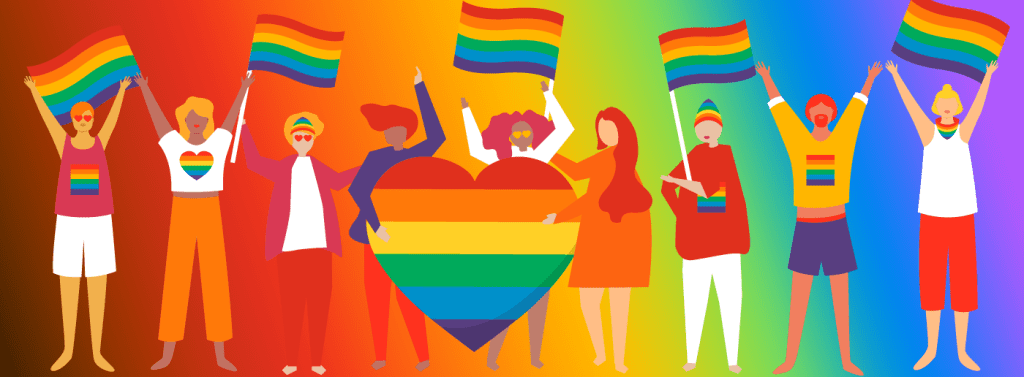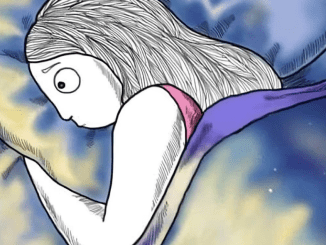The LGBT community, also referred to as LGBTQ+, GLBT, or simply the gay community, represents a diverse group of individuals who identify as lesbian, gay, bisexual, transgender, and queer. This community is bound together by a shared culture, social movements, and advocacy for equal rights.
LGBT individuals have historically faced discrimination, social stigma, and marginalization, but over the years, the community has grown stronger, celebrating pride, diversity, and individuality. From pride parades to activism and representation in media, the LGBT movement continues to push for visibility and equal treatment across the globe.
The Importance of LGBT Identity and Visibility

Being part of the LGBT community means embracing self-identity and seeking acceptance in society. Many individuals struggle with heteronormativity—the belief that heterosexuality is the only “normal” sexual orientation. This leads to homophobia, biphobia, transphobia, and widespread discrimination that many in the LGBT community continue to face today.
However, visibility and representation are increasing, and more societies are embracing inclusivity. Governments worldwide are recognizing LGBT rights, businesses are supporting pride initiatives, and entertainment industries are featuring diverse characters and stories that reflect real-life experiences.
The Significance of Pride in the LGBT Community
One of the strongest symbols of LGBT visibility is pride. The term “gay pride” represents more than just parades and rainbow flags; it symbolizes:
- The fight for equality – Advocating for same-sex marriage, gender identity rights, and legal protections.
- A celebration of identity – Encouraging individuals to express themselves without fear or shame.
- A counterbalance to discrimination – Challenging societal norms and breaking down barriers that restrict freedom and acceptance.
Pride events such as pride parades, community festivals, and awareness campaigns provide platforms for LGBT individuals to be seen, heard, and celebrated.
Challenges Faced by the LGBT Community
Despite progress, the LGBT community continues to face significant challenges. Some of the most pressing issues include:
1. Discrimination and Hate Crimes
Many LGBT individuals still experience workplace discrimination, social rejection, and even violence. Hate crimes against the community remain a major concern, especially in countries where homosexuality is criminalized.
2. Mental Health Struggles
Due to societal pressures, many LGBT individuals suffer from anxiety, depression, and suicidal thoughts. The fear of coming out or being rejected by family and society can take a severe emotional toll.
3. Lack of Legal Protections in Some Countries
While some nations recognize same-sex marriage and anti-discrimination laws, many others criminalize homosexuality or refuse to provide equal rights. This makes it difficult for LGBT individuals to live freely, access healthcare, or secure jobs.
4. Transgender Rights and Representation
Transgender individuals often face barriers in healthcare, legal recognition, and workplace inclusion. Many countries do not allow individuals to change their gender markers on official documents, leading to legal and social challenges.
Diversity Within the LGBT Community
The LGBT community is not a monolith—it is made up of people with different identities, experiences, and beliefs. Some key groups within the community include:
- Lesbians (L) – Women who are emotionally and physically attracted to other women.
- Gays (G) – Men who are emotionally and physically attracted to other men.
- Bisexuals (B) – Individuals attracted to more than one gender.
- Transgender individuals (T) – People whose gender identity does not match their assigned sex at birth.
- Queer/Questioning (Q) – Individuals who reject labels or are exploring their identity.
While many LGBT individuals embrace the community, some prefer not to associate with the label, choosing instead to express their identity in their own way.

How Society is Becoming More Inclusive
Over the years, the world has made significant strides toward LGBT acceptance. Some key milestones include:
- Legalizing same-sex marriage in many countries, including the US, Canada, and parts of Europe.
- Increased representation in media, with movies, TV shows, and books featuring LGBT characters and stories.
- Corporate and government support, as businesses and political leaders recognize the importance of LGBT rights and diversity initiatives.
- Educational programs that teach gender inclusivity and LGBT history, helping young people understand different identities from an early age.
Why Allies Play a Crucial Role
The fight for LGBT equality isn’t just for those within the community—allies play a critical role in supporting and advocating for change. An LGBT ally is anyone who:
- Supports LGBT rights and challenges discrimination
- Encourages inclusivity in workplaces, schools, and families
- Stands up against homophobia and transphobia
- Educates themselves and others about gender and sexuality
Being an ally means listening, learning, and taking action to make the world safer and more accepting for everyone.
Final Thoughts: Embracing a More Inclusive Future
The LGBT community represents strength, diversity, and resilience. While challenges remain, progress is happening, and society is evolving toward greater acceptance and equality.
Whether you are part of the community or an ally, your voice matters. By supporting LGBT rights, educating yourself, and standing against discrimination, you contribute to a world where everyone can live authentically and without fear.
So, let’s celebrate diversity, respect individuality, and continue building a more inclusive future for all.


